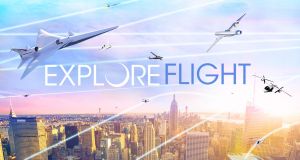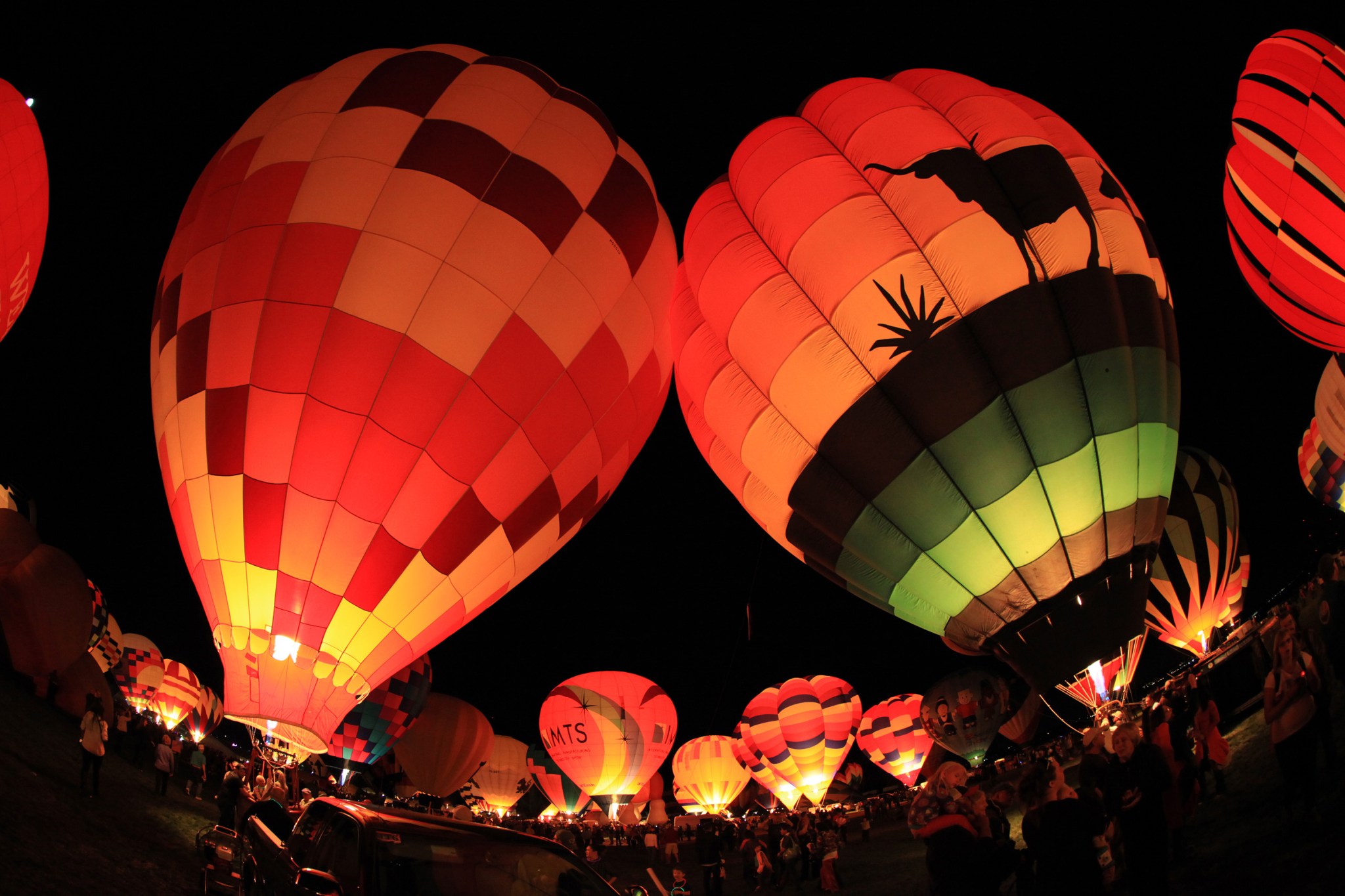
When the skies fill with hot air balloons at the 44th annual Albuquerque International Balloon Fiesta in New Mexico from Oct. 3 to 11, NASA will be there when they fly.
While the agency doesn’t have its own hot air balloon, the NASA exhibit will include a number of items of interest to aviation enthusiasts.
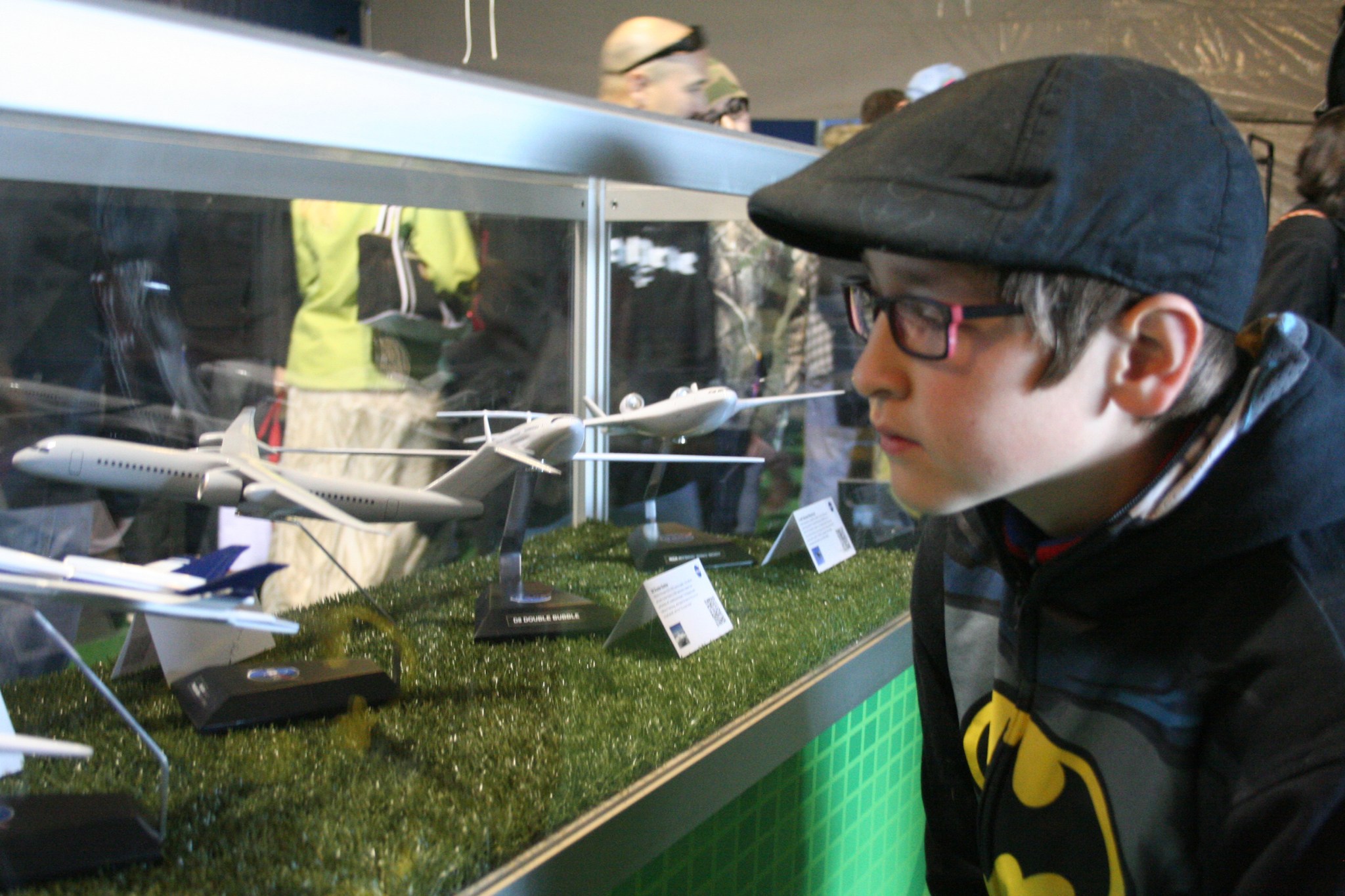
“This exhibit shows the public the many exciting things NASA’s working on right now that will benefit them in the very near future in aeronautics, technology, earth science and beyond,” said Tony Springer, acting director of the Integration and Management Office at NASA’s Aeronautics Research Mission Directorate.
For example, a Joby Aviation of Santa Cruz, California, motor and propeller from a 31-foot-span, carbon-composite wing section called the Hybrid-Electric Integrated Systems Testbed will be on display. The research, which could lead to improved aircraft efficiency, safety, noise reduction and environmental and economic benefits, was conducted at several California locations earlier this year.
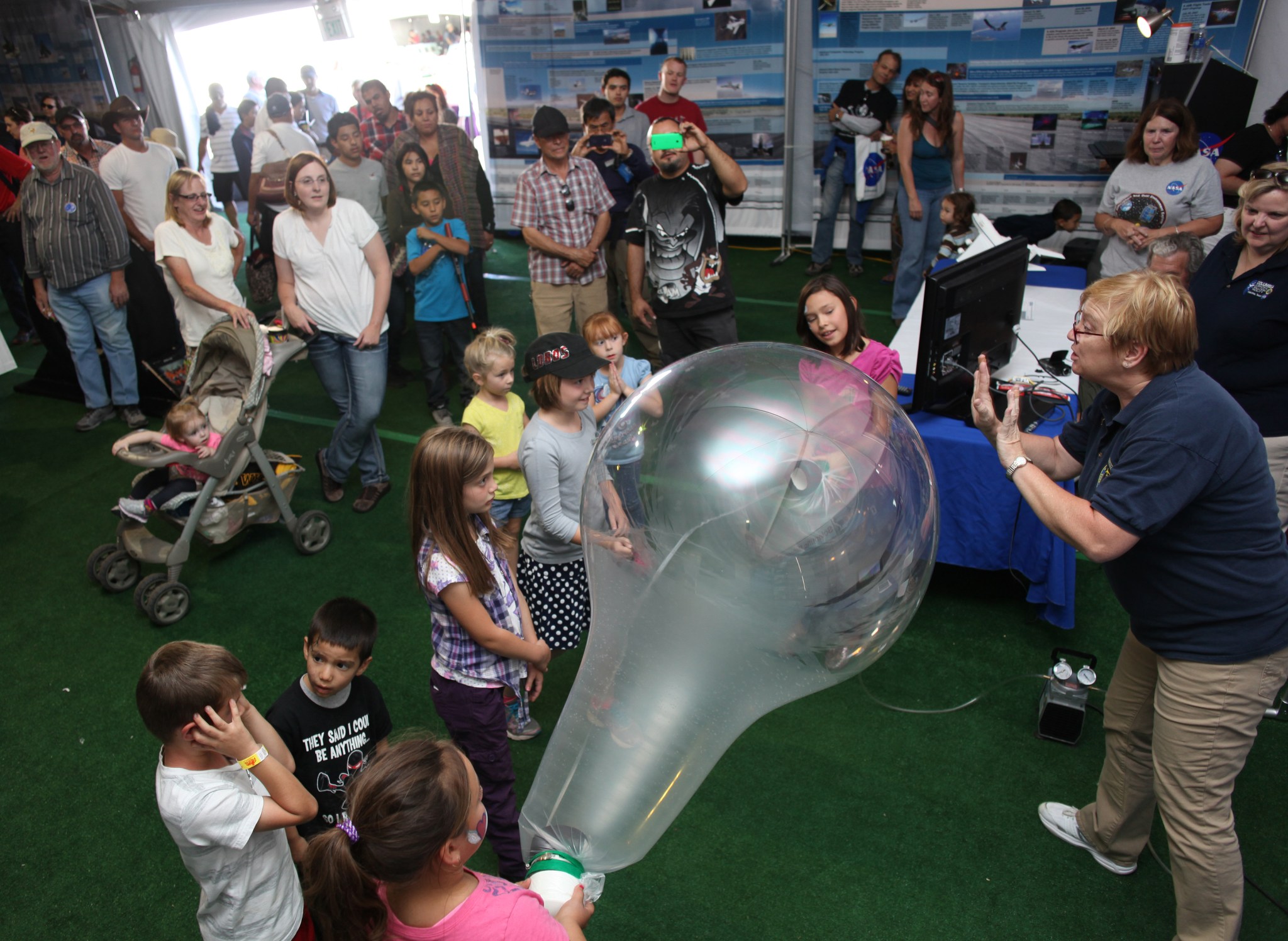
The wing and motor section, with system integration and instrumentation by Empirical Systems Aerospace of Pismo Beach, California, was mounted to a specially modified truck. The research looked at the motors and wing performance as the truck traveled at speeds of up to 80 mph to simulate flight conditions. NASA’s Langley Research Center in Hampton, Virginia, and NASA Armstrong partnered in 2014 to plan this work.
Under NASA’s Transformative Aeronautics Concepts program, development will begin later this year on a piloted experimental aircraft, or X-plane. The wings and engines will be removed from an Italian-built Tecnam P2006T and replaced with enhanced wings and motors. Using an existing airframe will allow engineers to compare the performance of the X-plane with the original aircraft. It will fly from Armstrong, where some of the previous tests were completed.
Another attraction will be the exhibit on NASA’s scientific ballooning program, which offers near-space access above 99.5 percent of the Earth’s atmosphere for payloads weighing up to 8,000 pounds.
At the entrance of the NASA exhibit is a favorite of young visitors – the half-scale, inflatable model of a NASA F/A-18 research and mission support aircraft.
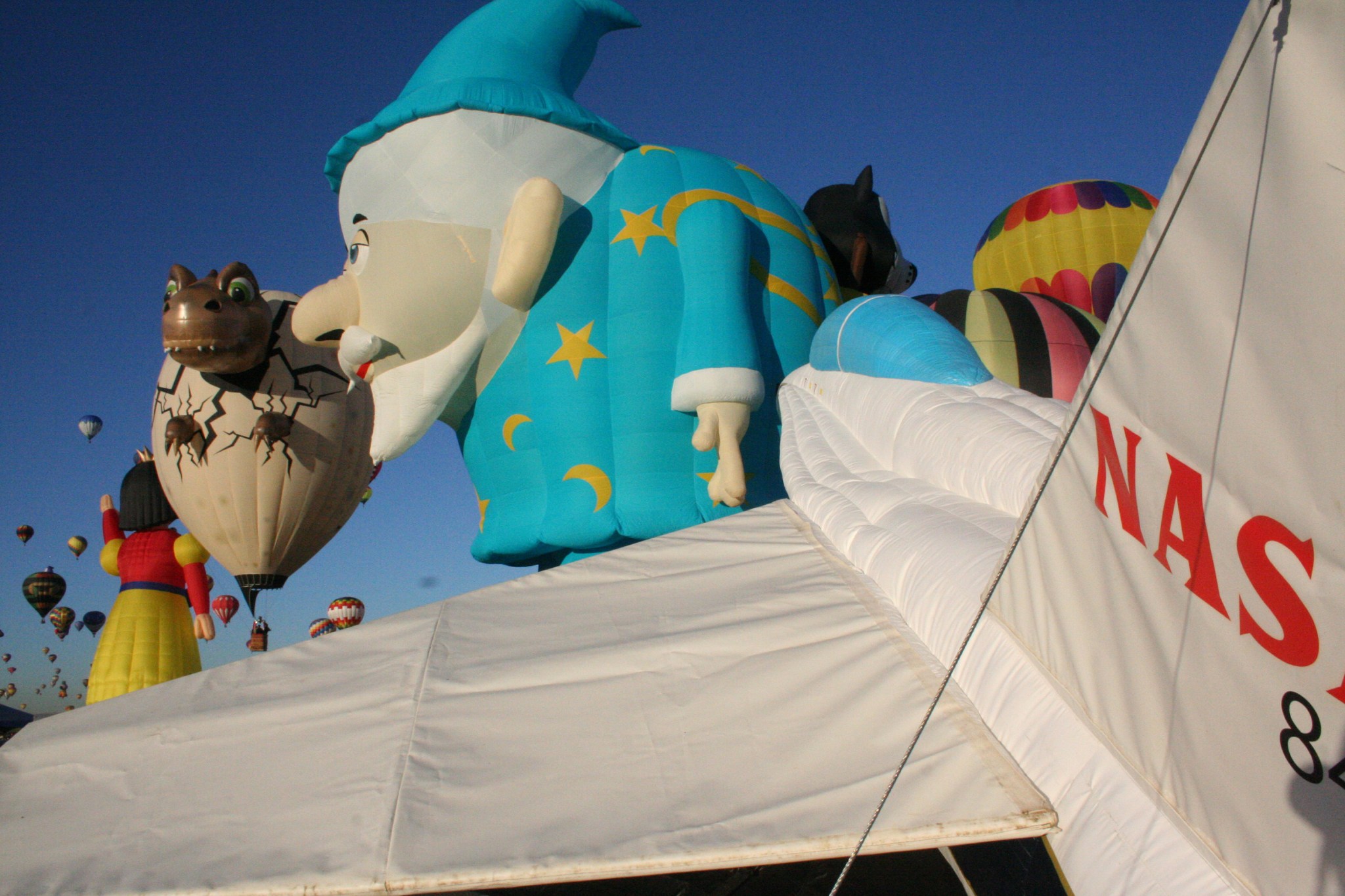
The exhibit will include a more than six-foot wide scientific balloon model that will be inflated to help illustrate how the flight vehicle works. The exhibit also will have personnel and materials to explain the differences between scientific and hot air balloons and the scientific experiments supported in technology investigations. NASA’s Balloon Program Office, based at NASA’s Wallops Flight Facility in Wallops Island, Virginia, manages the scientific balloon flights for the agency.
The exhibit includes a display of future aviation concepts and examples of how NASA aeronautics technology is “with you when you fly.” NASA is currently testing and integrating a number of new technologies designed to reduce aircraft noise and emissions, maximize fuel efficiency and improve air-traffic management.
NASA’s aeronautics efforts are conducted at four field centers across the nation: Ames Research Center at Moffett Field, California; Glenn Research Center in Cleveland; Langley; and Armstrong.
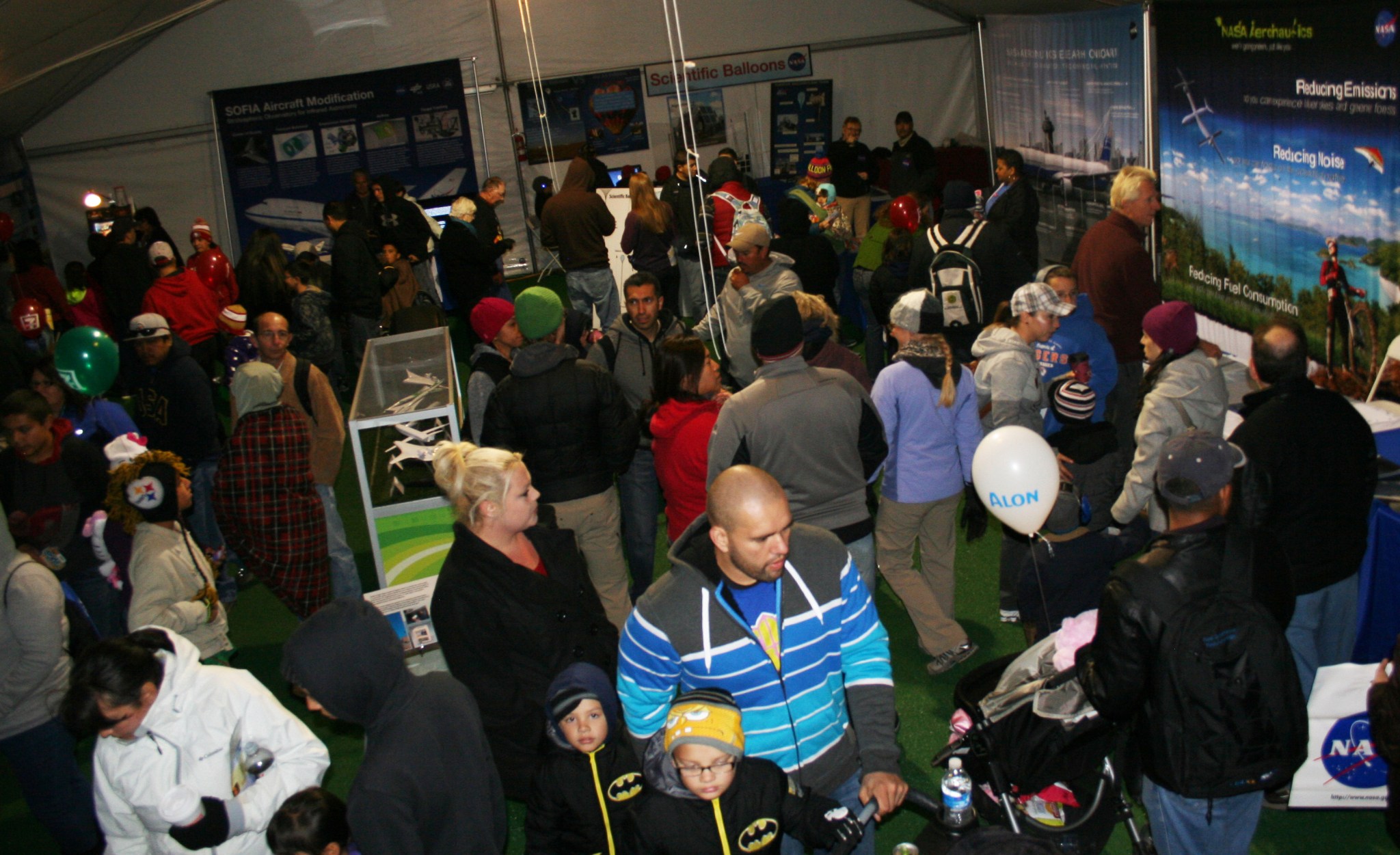
Other aspects of NASA’s exhibit at the balloon fiesta include:
• Former NASA astronaut Mike Mullane, a veteran of two space shuttle missions, offers a view from above at two presentations. He is scheduled to speak about the Space Shuttle Program and life as an astronaut Saturday, Oct. 10 at 8:30 a.m. and 10 a.m. MDT at the 7-Eleven Balloon Discovery Center.
• The National Advisory Committee for Aeronautics, the precursor to NASA, marked 100 years since its inception in 1915. An NACA timeline celebrates some of the agency’s milestones.
• Former NASA Armstrong aerospace engineering technician Jim Sokolik will demonstrate a high-altitude pressure suit used by pilots of the retired Mach 3 SR-71 and the high-altitude ER-2 Earth resources aircraft.
• A tabletop pressure chamber will explain the requirements for high-altitude pressure suits with water boiling at low temperatures and marshmallow Peeps expanding and contracting.
• An F-15 cockpit simulator gives visitors the chance to picture themselves in the pilot’s seat of the high-performance jet.
• A no-cost photo kiosk allows visitors to take a picture in a virtual environment that places them in a spacesuit on the moon or Mars.
NASA Armstrong is lead for the agency’s exhibit at the balloon fiesta.
Jay Levine, X-Press editor
NASA Armstrong Flight Research Center



























